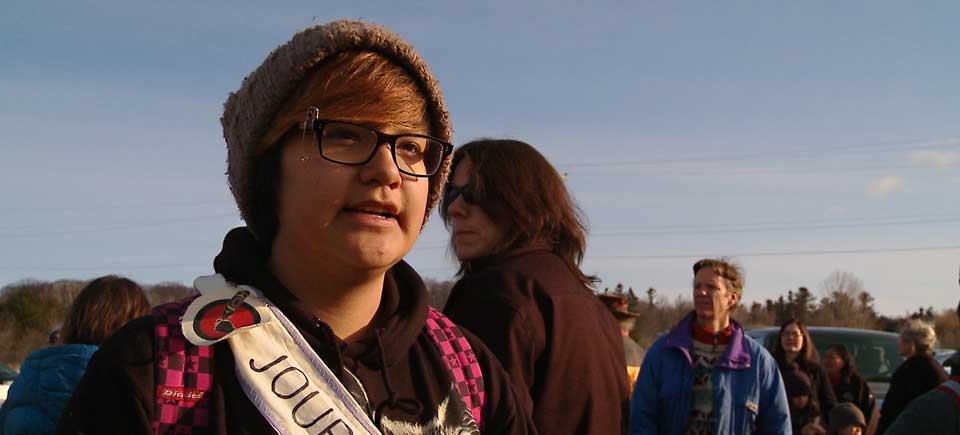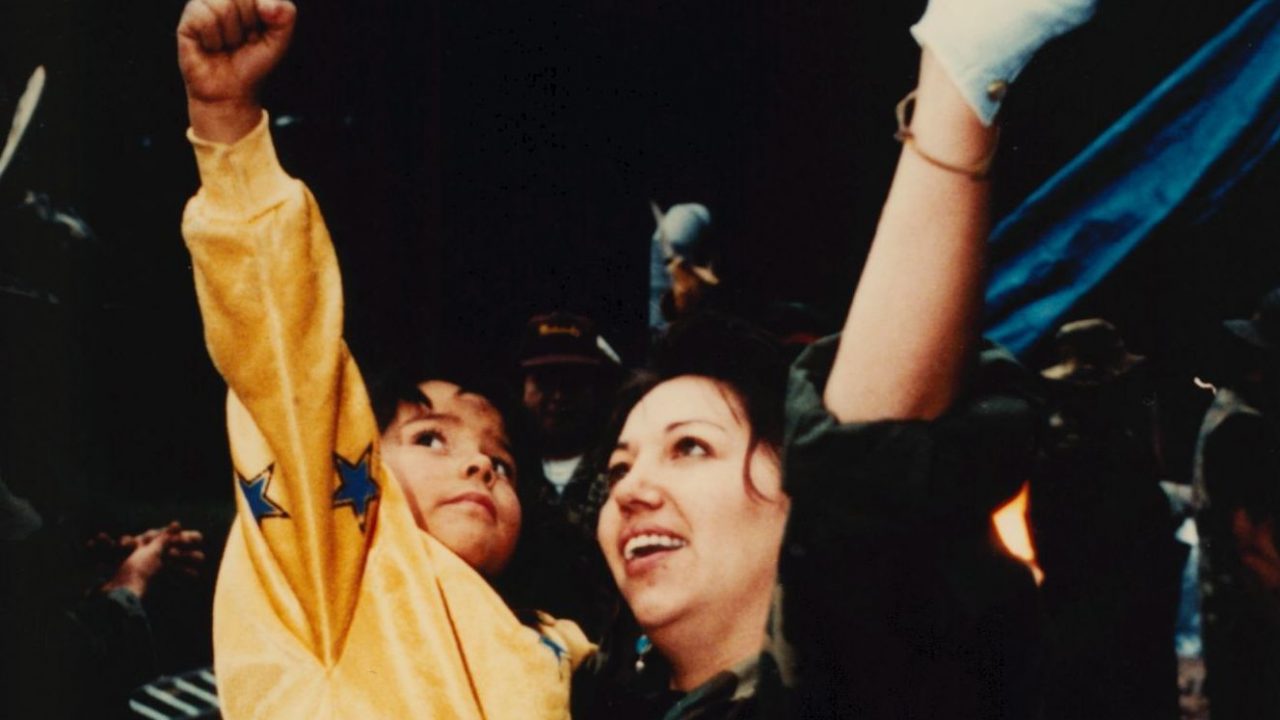
Ideas for Organizing a Debate Around a Film
Ideas for Organizing a Debate Around a Film
We all practise the art of debate every day. From discussions with friends to legal arguments, the art of debate can take various forms, but its essence is the same: to express and compare points of view. Films encourage debate (spontaneous and organized) and are a good starting point for exchanging ideas and opinions, and for developing analytical, listening and comprehension skills. Here are some suggestions for in-class debates based on real-life situations.
Debate 1: In a lobby group
In Pink Ribbons, Inc., Léa Pool focuses on breast cancer awareness campaigns through the eyes of various protagonists, each with their own arguments. Invite the students to imagine a group of local politicians who must decide on a “pink campaign.” The politicians want to hear the opinions of the five lobby groups from the film that are for or against the campaign. Divide the class into groups (politicians and lobbyists) and define the debate procedure as well as the speaking time allocated to each. After the group presentations, the local politicians will ask their questions before making an informed decision regarding the campaign.
Pink Ribbons Inc., Léa Pool, provided by the National Film Board of Canada
This film is available for immediate viewing by CAMPUS subscribers. You may already have a subscription to CAMPUS through your school. Go here to find out.
Debate 2: In a newsroom
In Trick or Treaty?, Alanis Obomsawin looks at the James Bay Treaty, signed in 1905 by the Ontario government and leaders of Indigenous populations, and re-examines it by presenting the views of the various stakeholders. Organize the class as if it were the editorial team of a newspaper. The editorial board has decided to devote a few pages to the James Bay Treaty. However, space is limited and the team must choose which articles will be published. Teams of journalists who have worked on the subject from different angles must defend their proposals. Time is running out before the newspaper goes to print, as is the speaking time allocated to each team!
Trick or Treaty?, Alanis Obomsawin, provided by the National Film Board of Canada
This film is available for immediate viewing by CAMPUS subscribers. You may already have a subscription to CAMPUS through your school. Go here to find out.
Debate 3: In the Museum’s offices
Trick or Treaty? also allows us to explore the influence of the James Bay Treaty on our cultural heritage. Ask the students to imagine that they are part of a committee of experts convened by the Museum of History. The Museum plans to commemorate the James Bay Treaty and is seeking ideas about what to highlight. Divide the students into groups: the Museum team and the groups of experts (historians, sociologists, Aboriginal people and politicians) in order to debate this commemoration.
How to evaluate a debate
The organization of a debate demands several skills of the participants. They must get involved to ensure the debate is set up properly and runs smoothly. Each student’s abilities may be evaluated according to the following criteria:
- Analyzing a topic and developing a point of view.
- Compiling arguments to develop a coherent speech.
- Speaking clearly and confidently.
- Comparing the student’s own point of view with that of others and defending it convincingly.
- Respecting debate rules and protocol.
- Listening to the speeches of opponents and respectfully questioning them.
- Summarizing the various points of view and coming to a personal conclusion.
Films are wonderful civic education tools. They awaken our curiosity and sharpen our analytical skills. They invite us to deepen our knowledge, develop a critical point of view, build arguments and exchange views with our peers.
This post was written by Mariana Santillan, who works in the field of cultural and educational project management, and acts as a consultant in intercultural communication.



